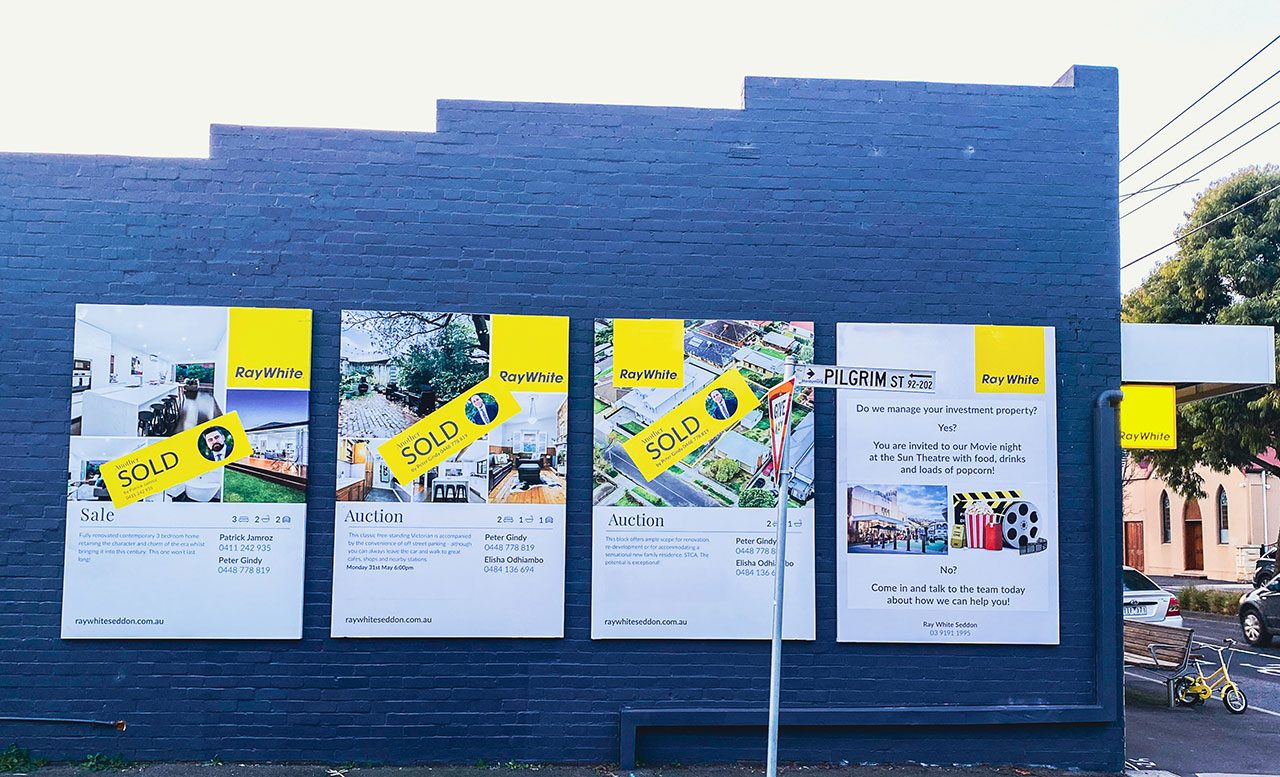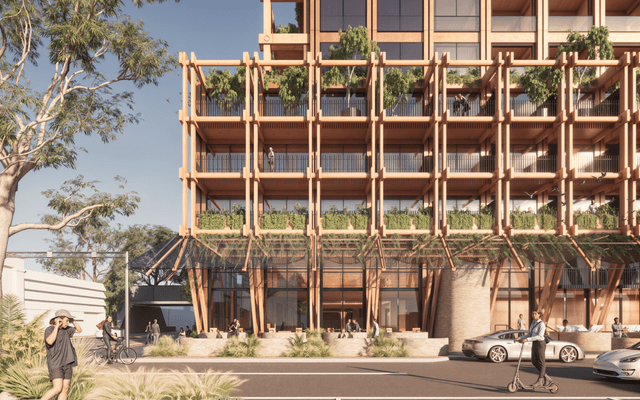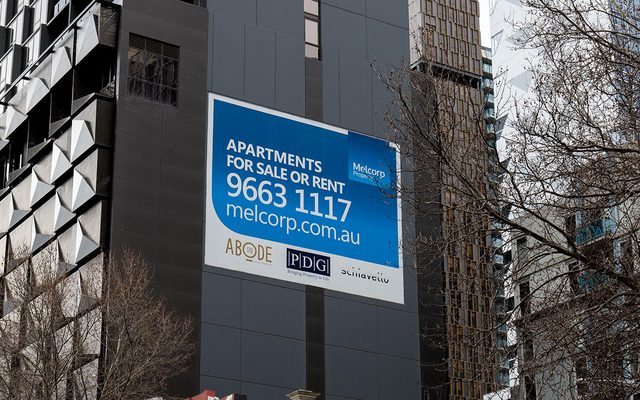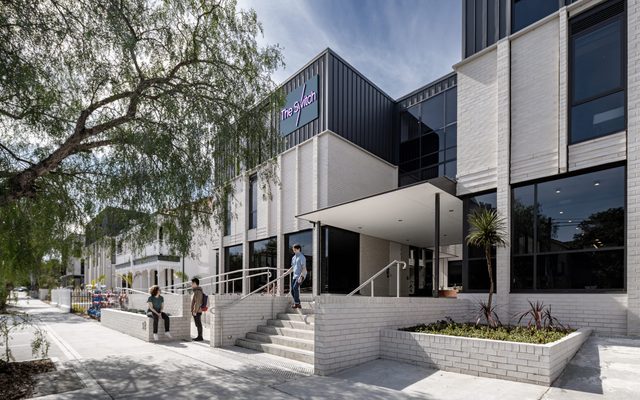This article is from the Australian Property Journal archive
THE housing market in 2024 is set to see far more subdued capital growth, as affordability may be stretched to its limit.
According to CoreLogic’s latest annual Best of the Best Report, the housing market remained largely resilient against a challenging environment of interest rate hike, stretched affordability and the “fixed rate cliff” over 2023.
Forecasts for 2024 are pitching a far more restrained landscape for home value growth.
“Housing activity rebounded through early 2023 as buyers took advantage of lower prices, however towards the end of 2023 affordability constraints have become more pressing, skewing demand towards the middle-to-lower end of the pricing spectrum,” said Eliza Owen, head of research at CoreLogic.
“Certainly, lower-priced housing markets such as Perth, Brisbane and Adelaide saw very resilient conditions through the national downswing period, and strong annual growth through to the end of November.”
In the year to September 2023, Sydney dominated the top 10 most expensive suburbs, with Melbourne’s Toorak the only non-Sydney location to break into the rankings, at sixth place.
Bellevue Hill, Vaucluse and Double Bay took the top three spots with a median value of $9.7 million, $9.2 million and $6.3 million respectively.
While the most affordable suburbs were more of a mixed bag, across Darwin, Adelaide, Perth and Brisbane.
With Darwin’s Gray the most affordable with a median value of $359,369, followed by Elizabeth North and South at $364,040 and $369,044 respectively.
Perth took out the top three suburbs for greatest growth in values over the 12 months to September 2023, with Brookdale up 32.8%, Armadale up 31.4% and Hilbert up 30.1%.
With the greatest value declines largely split between Hobart and Darwin, with East Perth also coming into sixth place.
North Hobart saw declines of 12.9% over the period, followed by Taroona in Hobart with 13.8% and Wulagi in Darwin with 11.1%.
“We’ve seen the pace of capital growth ease gradually from June and most notably through November. Transaction volumes nationally have declined an estimated -1.7% over November as well, which is unusual given sales volumes typically increase from October to November. These have coincided with a decline in the combined capitals clearance rate since June, which averaged just 61.7% through November,” added Owen.
“The RBA is forecasting a rise in the unemployment rate, we’re seeing a subdued pace of growth for GDP, slowing growth in disposable household income and the lowest household saving rate since the GFC at just 1.1%. Combined with an expectation that interest rates could hold higher for longer, households are likely to see their budgets further stretched, and more households may fall into acute financial stress.”
Over the year, rental markets continued to balloon away from affordability, with landlords passing on the impacts of interest rate hikes and migration levels catching back up after COVID-19 disruptions.
Across the 12 months to September in the capital cities, Sydney, Melbourne and Perth had the most suburbs in the top 10 for rental growth.
Sydney’s Kensington reported the strongest rate of rental growth over the period, up 24.9%, followed by Kew East in Melbourne at 24.5% and Sydney’s Belfield with 23.6%.
At the same time, Darwin’s Gray again topped the rankings, this time for highest gross rental yields, at 7.9%.
Darwin took all but two spots (which were taken by Perth’s Balga and Armadale), with Moulden and Woodroffe seeing rental yields of 7.3%.
“In 2024, there are several factors which should support a further deceleration in rental growth. The first is that net overseas migration may start to normalise, as the ‘catch-up’ from overseas arrivals eases and departures increase through 2024,” said Owen.
“Secondly, stretched rental affordability is likely to see a gradual restructuring of rental demand. This includes migration to more affordable rent markets, both geographically and towards more affordable housing types such as units, and an increase in share housing and larger households.”
Owen also noted ABS lending data reveals an increase in investment housing activity over the year, which should add to rental supply in coming months.
“Finally, as more dwellings associated with the ‘HomeBuilder’ stimulus move to completion, we could see rental demand easing as tenants inhabit their newly built home,” added Owen.
“Unfortunately for renters, a slowdown in the rate of rent increases does not necessarily mean rents will fall.”




